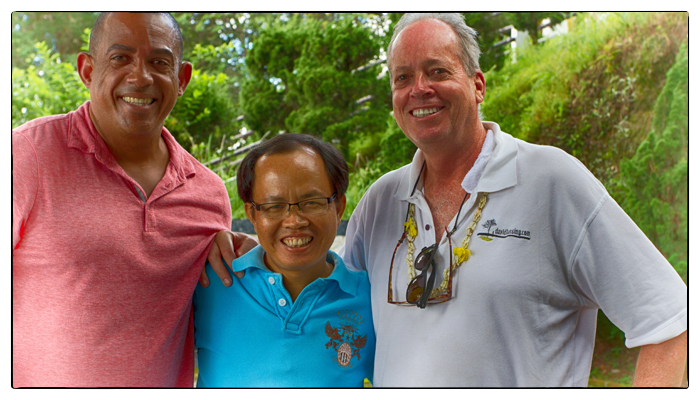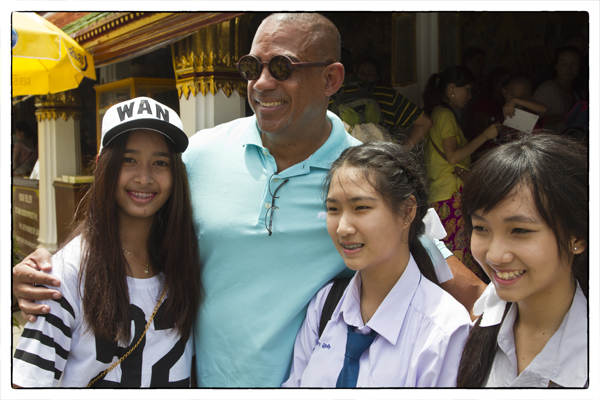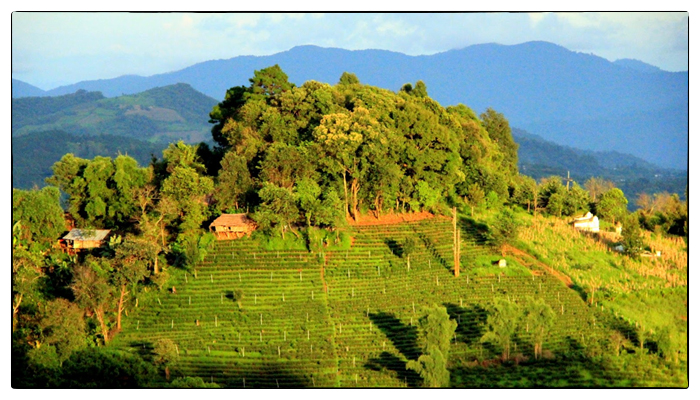Once upon a time, Chiang Rai must have been magnificent. Say 750 years ago when it was the new capital of the Lanna Kingdom. These days the rather unremarkable town is best known as the “gateway to the Golden Triangle.” Which means, it’s where you fly into before starting your tour of the Golden Triangle but there’s really not much to see or do in the town itself.
Probably the biggest attraction is the Chiang Rai Night Bazaar. Everyone talks about it. I met a couple of young backpackers from Australia at the bar in my hotel yesterday evening and the first thing they said was, “Have you been to the night market? They’ve got everything.”
Well, yes and no. There are hundreds of stalls selling just about everything—T-shirts, golf caps, underwear, T-shirts, knitted hats, switchblades, T-shirts, badly-produced knock-offs, scented candles, slippers (did I mention T-shirts?)—but the problem is that while there’s lots of stuff to buy, there isn’t really anything you want to buy. Unless the idea of getting a cheap Heineken T-shirt in Thailand appeals to you.
Was I the only one who thought everything at the market was junk? Apparently. Steve bought several T-shirts, including one with the logo of the local Thai beer, Chang, on it. PaLè bought some cheap bead bracelets for her daughter. Liz bought sandals.
And me? After walking around for about 20 minutes, I gave up and followed the music coming over loudspeakers to a square in the middle of the market where a troop of dancers with jasmine wreaths in their hair and foot-long dragon fingernails on their hands were performing a rather erotic, if traditional, Thai dance. I ordered the high-alcohol Chang beer, sat back, and thoroughly enjoyed the rest of the evening.










Recent Comments